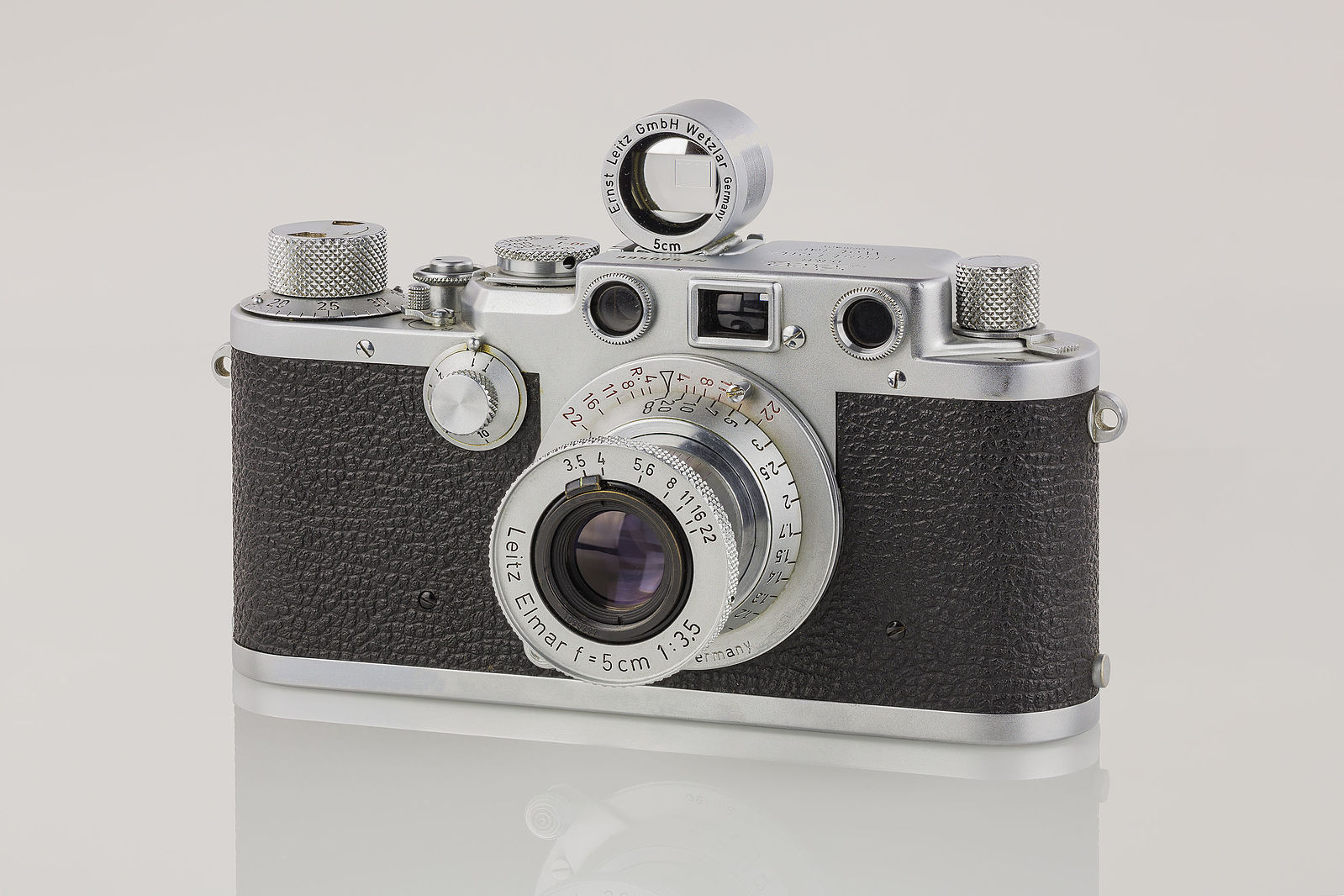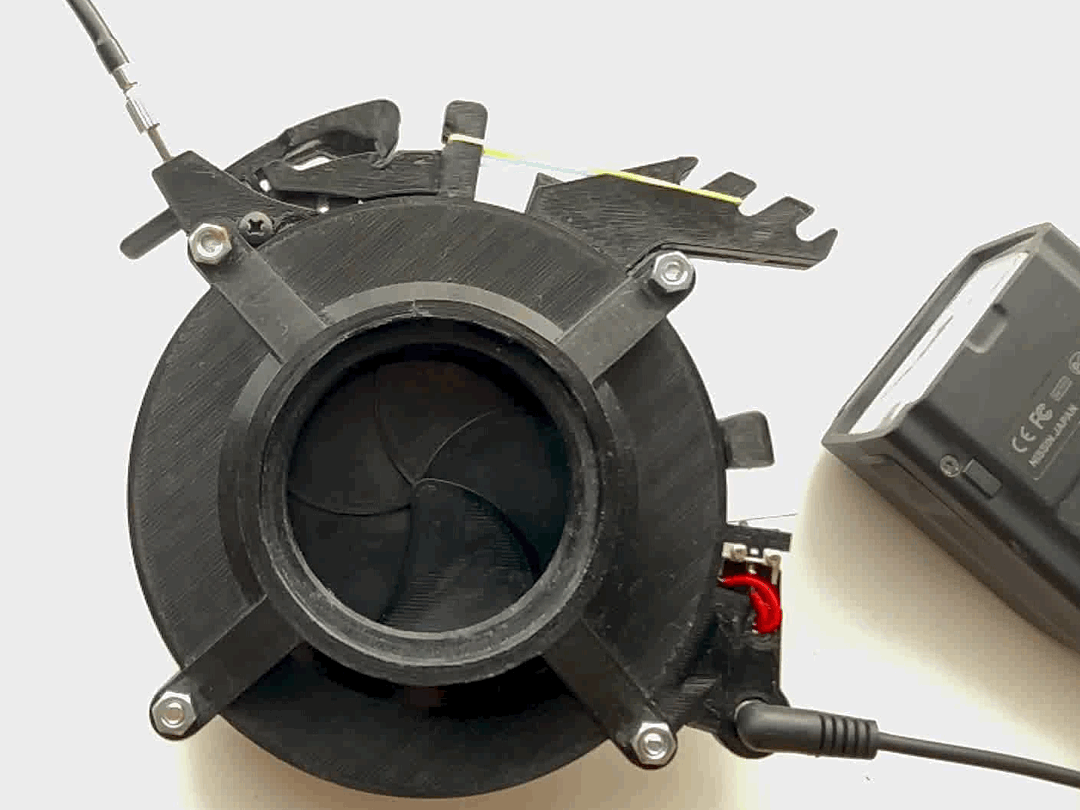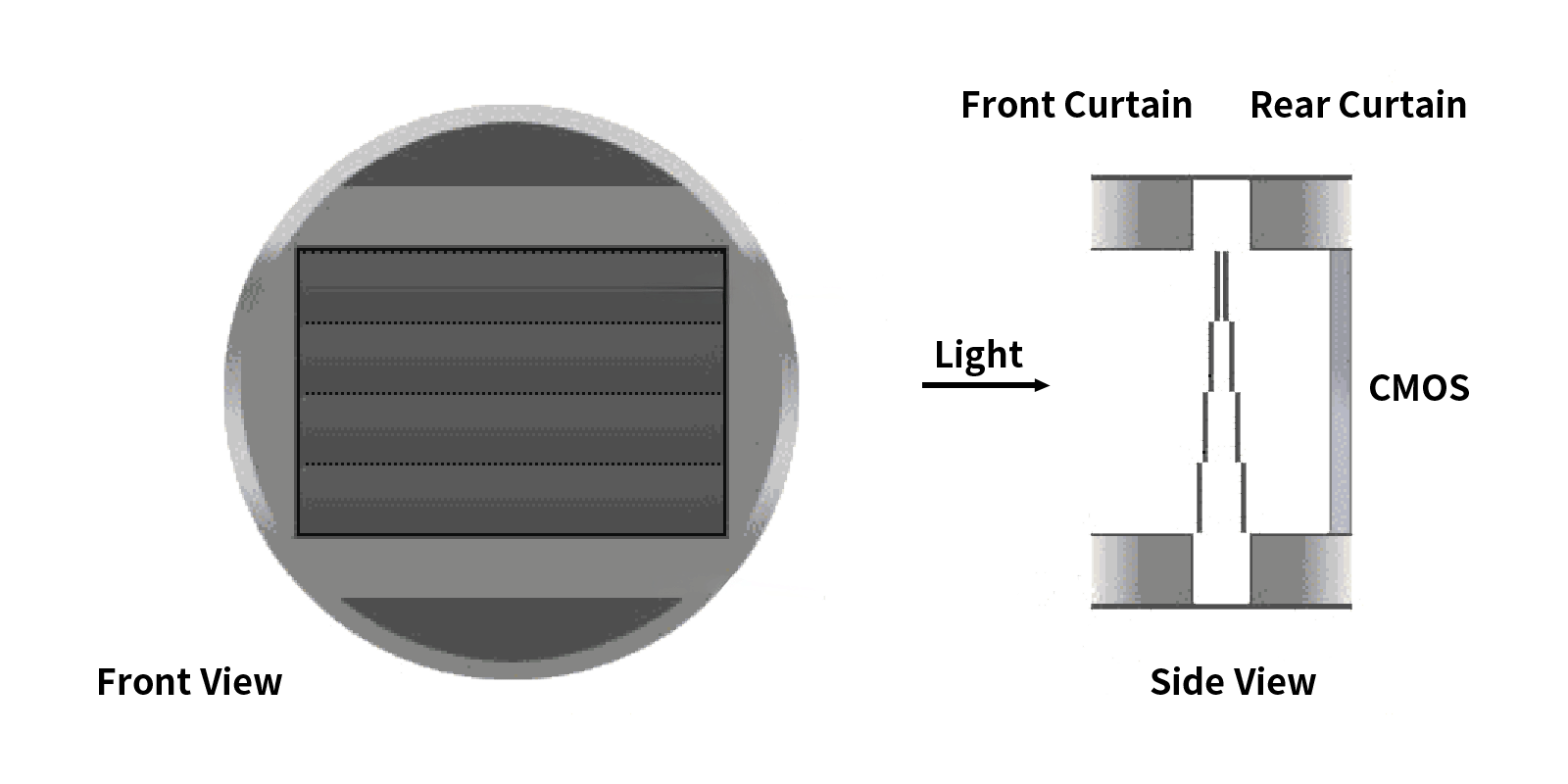What is the Camera Shutter? The Mechanical Shutter: A Revolution in Photography Technology

Series Introduction
This is Part 2 of our "What is the Camera Shutter?" deep dive. In Part 1, we explored early light control methods from lens caps to primitive shutters. Now, let's examine the mechanical marvels that turned photography into both art and science.
The Birth of Precision: Leaf Shutters (1885-1920s)
Picture this: It's 1887 Berlin, and photographer Ottomar Anschütz is tinkering with spring-loaded brass plates. His breakthrough? The first reliable leaf shutter - a game changer that worked like clockwork (literally). These iris-like mechanisms nestled within lens assemblies offered:
- Consistent exposure times (up to 1/100th second)
- Compact designs perfect for handheld cameras
- That satisfying "snick" sound photographers still love
But here's the catch - early models required manual cocking like vintage revolvers. Ever heard photographers talk about "shutter tension"? That's a leftover from winding these spring-loaded beasts.

The Leap Forward: Focal-Plane Shutters (1925-Present)
When Leica engineer Oskar Barnack needed a shutter for his revolutionary 35mm camera in 1913, he looked past the lens. His solution? A horizontal cloth curtain that raced across the film plane - the great-grandfather of modern shutters.
Why this changed everything:
- Faster Speeds: From 1/500s (1925) to 1/8000s (modern DSLRs)
- Lens Flexibility: Swap lenses without light leaks
- Sync Magic: Enabled flash synchronization
But early models had quirks. Fast-moving subjects could appear bent - a phenomenon called "rolling shutter effect." Some photographers actually used this distortion creatively, like 1930s sports shooters giving cars "speed stretch" effects.

Shutter Showdown: Leaf vs Curtain
The battle between between-lens (leaf) and focal-plane (curtain) shutters shaped photographic history. Each mechanism offers distinct advantages that determine their modern applications.
Sound Characteristics
- Leaf shutters produce a soft "click" due to their iris-like blades closing near the lens diaphragm.
- Curtain shutters create a louder "clack" as fabric/metal curtains traverse the film/sensor plane.
This audible difference helps photographers identify shutter types without seeing the camera.
Flash Synchronization
- Leaf shutters synchronize with flashes at all speeds (1/8000s included) because they expose the entire frame simultaneously.
- Curtain shutters have sync speed limits (typically 1/200-1/320s) as the traveling slit only allows partial frame illumination during high-speed exposures.
Operational Lifespan
- Typical leaf shutters last 50,000-100,000 actuations, their delicate blades wearing faster under continuous use.
- Modern focal-plane shutters often exceed 300,000 cycles, with professional DSLRs reaching 500,000+ actuations - a key reason to check shutter count when buying used gear.
Maintenance Costs
- Replacing leaf shutter units costs $150-$300 due to standardized modular designs.
- Curtain shutter repairs range $400-$600, requiring precise calibration of timing mechanisms and curtain tension springs.
Modern Applications
- Leaf shutters dominate medium format systems like Hasselblad H6D where flash precision matters.
- Curtain shutters remain standard in DSLRs and mirrorless cameras (e.g., Nikon Z7) prioritizing speed over silent operation.
Why Shutter Count Matters More Than Ever
Here's the real magic behind shutter count tracking: Every digital camera secretly keeps a diary in your photos' EXIF data. Tools like shuttercount.net simply read this hidden timestamp of your camera's mechanical life. Let's break down why this matters:
- The Naked Truth: That "shutter count" number doesn't lie. It's hardcoded into every JPEG/RAW file, recording every click since the camera left the factory.
- Secondhand Savvy: When buying used gear, checking the actual shutter count (not just the seller's word) is as crucial as checking a car's odometer.
- Maintenance Alerts: Like a "check engine" light, sudden count jumps can warn of potential shutter mechanism issues.
Real-World Examples (Updated for accuracy):
- A Sony A7M4 showing 200,000+ actuations in its EXIF still shooting weddings daily
- A "lightly used" Nikon D750 with hidden 150,000 count revealed through our tool
Pro Tip: Check shutter count when buying used gear. Two identical cameras can have vastly different mechanical "mileage"!
The Mechanical Symphony
From the delicate clockwork of 1920s Compur shutters to the thunderous clack of Nikon F2s, mechanical shutters shaped photography's golden age. They're why we say "capture" instead of "record" images - each shot required physical movement.
Next Up: In Part 3 - "The Golden Age of Mechanical Shutters: Precision and Expression", we'll explore how these mechanisms enabled iconic images from D-Day landings to moon missions. Discover why photographers still chase that mechanical "snap" in our silent digital world.
Shutter Wisdom
"Camera shutters are like heartbeats - each one precious, each one counting toward the machine's life story." Check your gear's pulse at shuttercount.net.